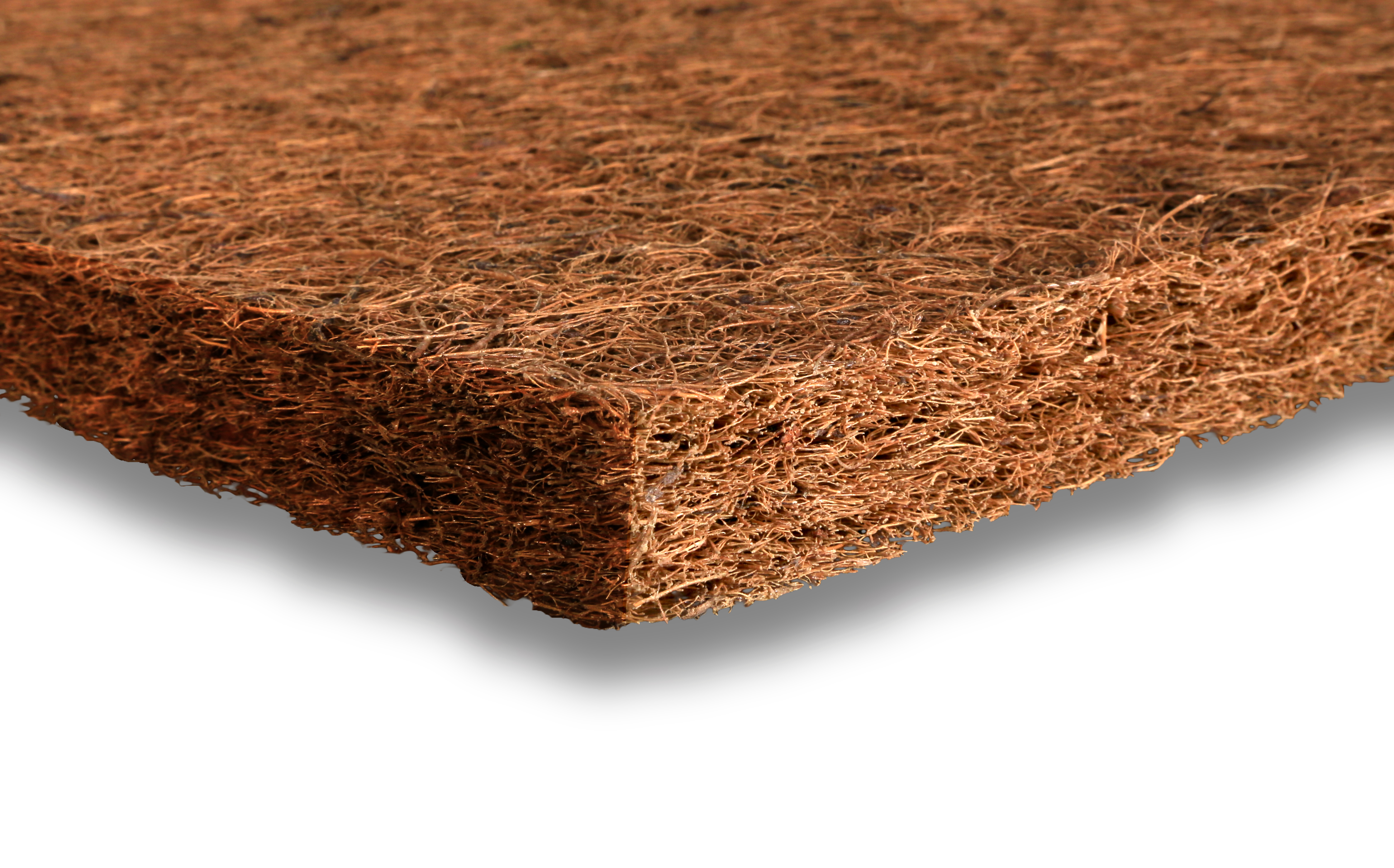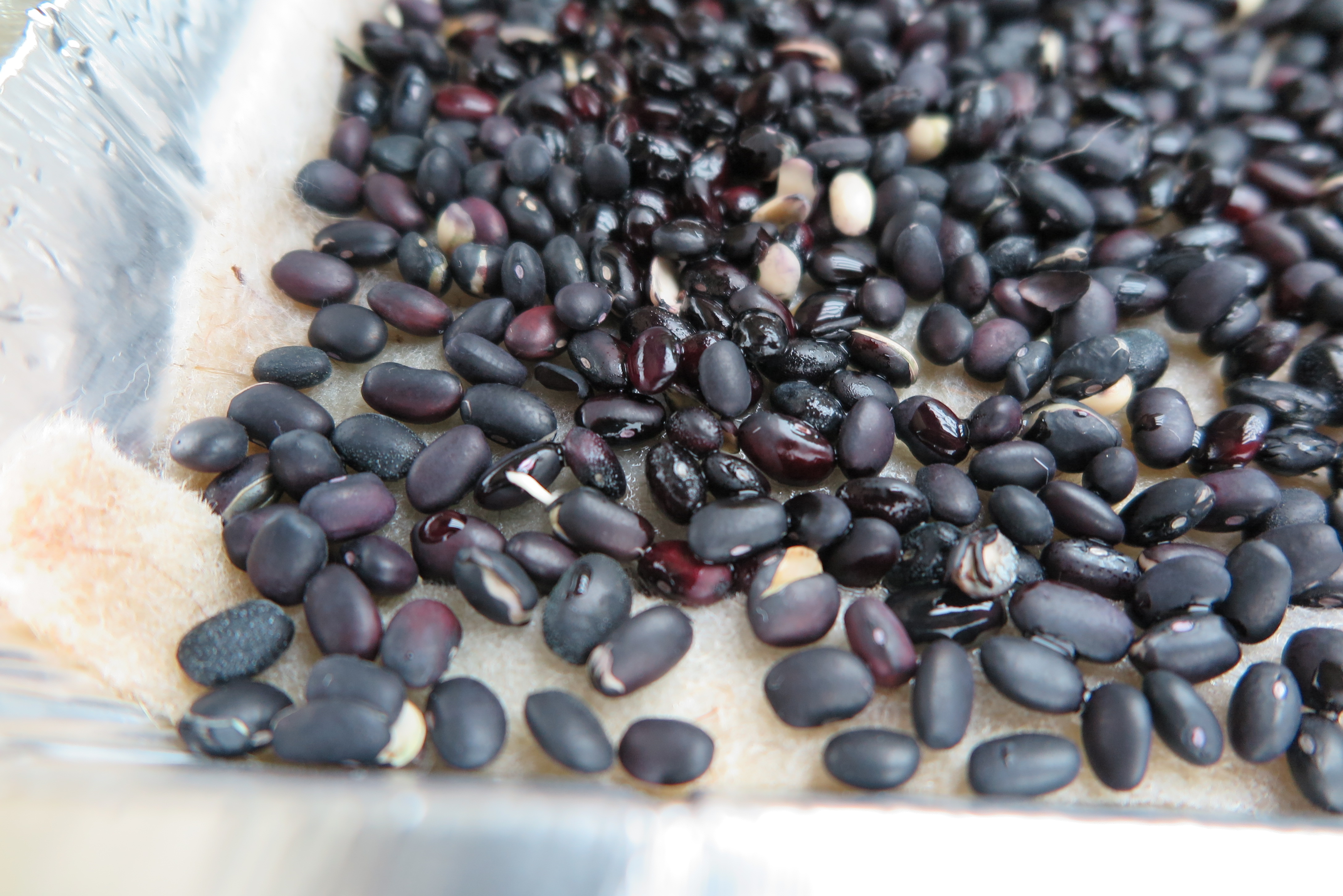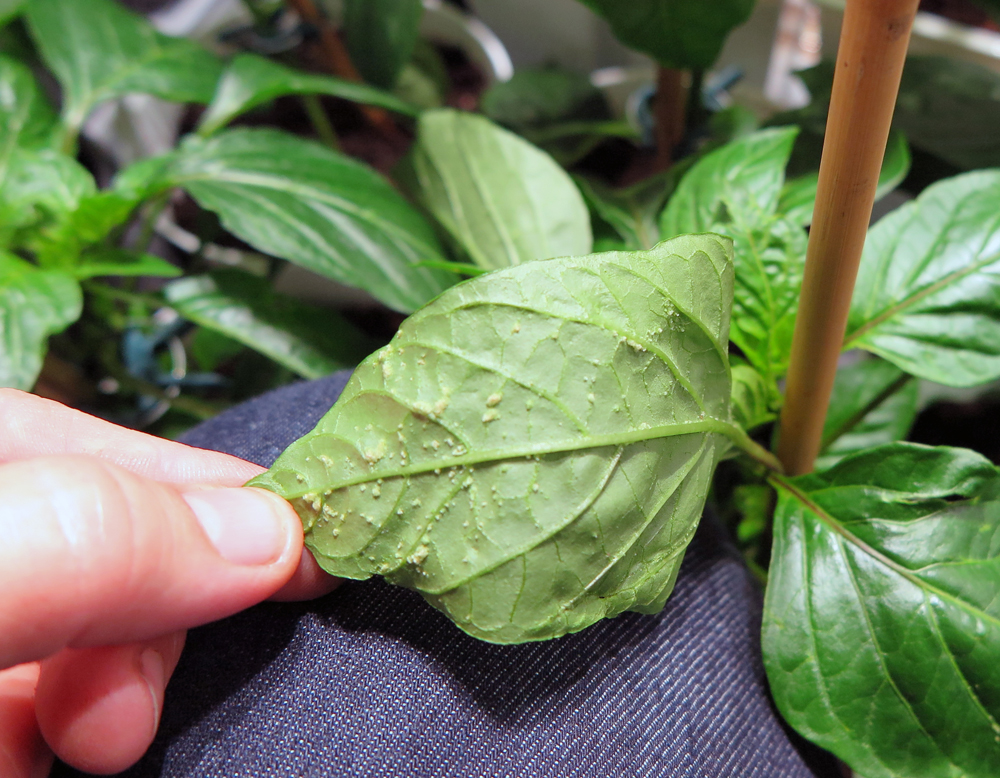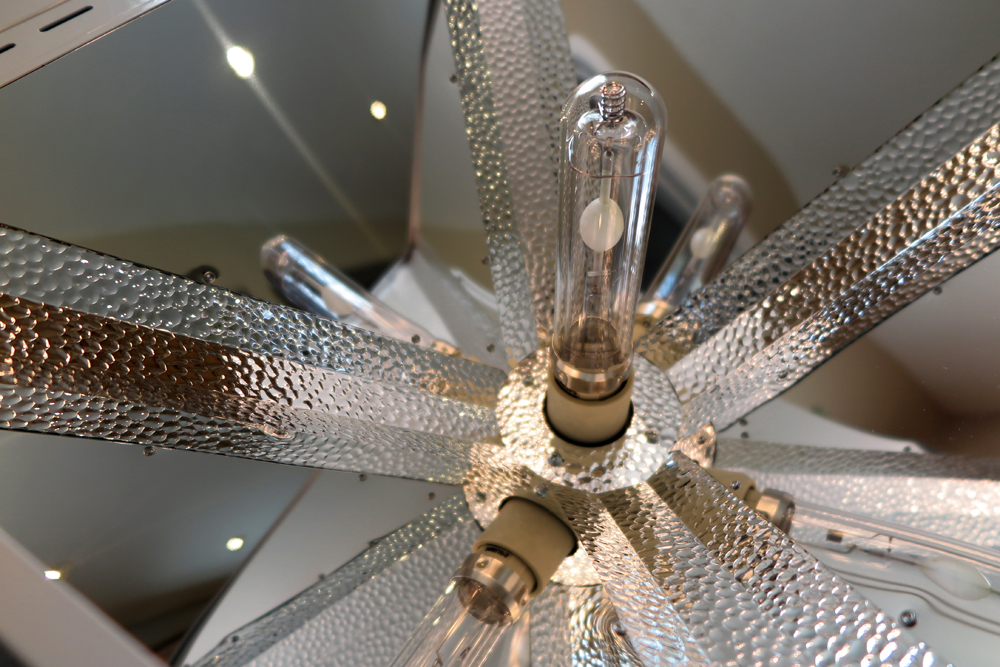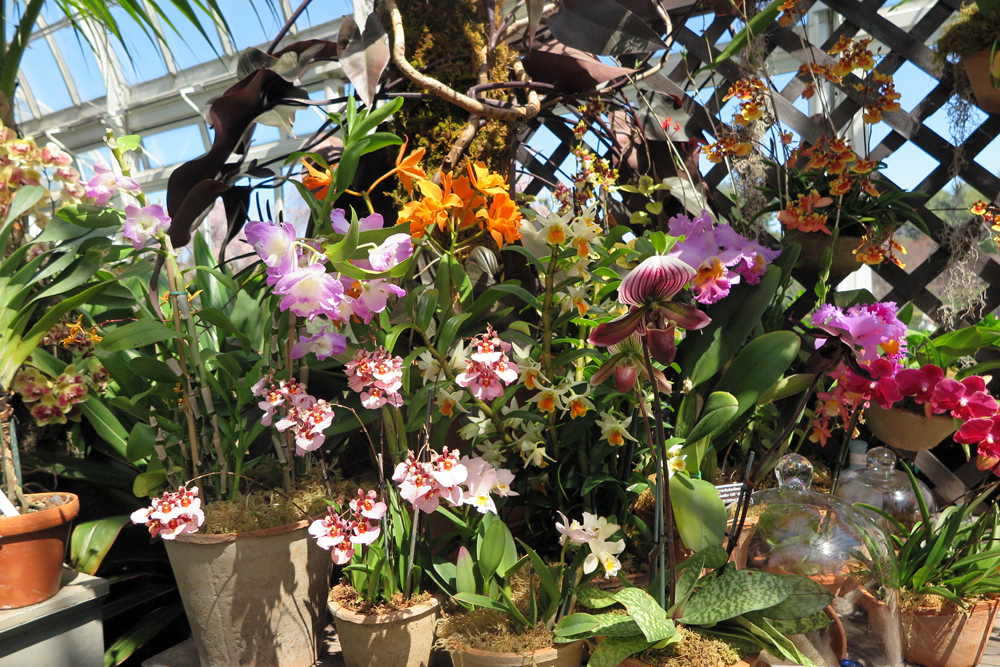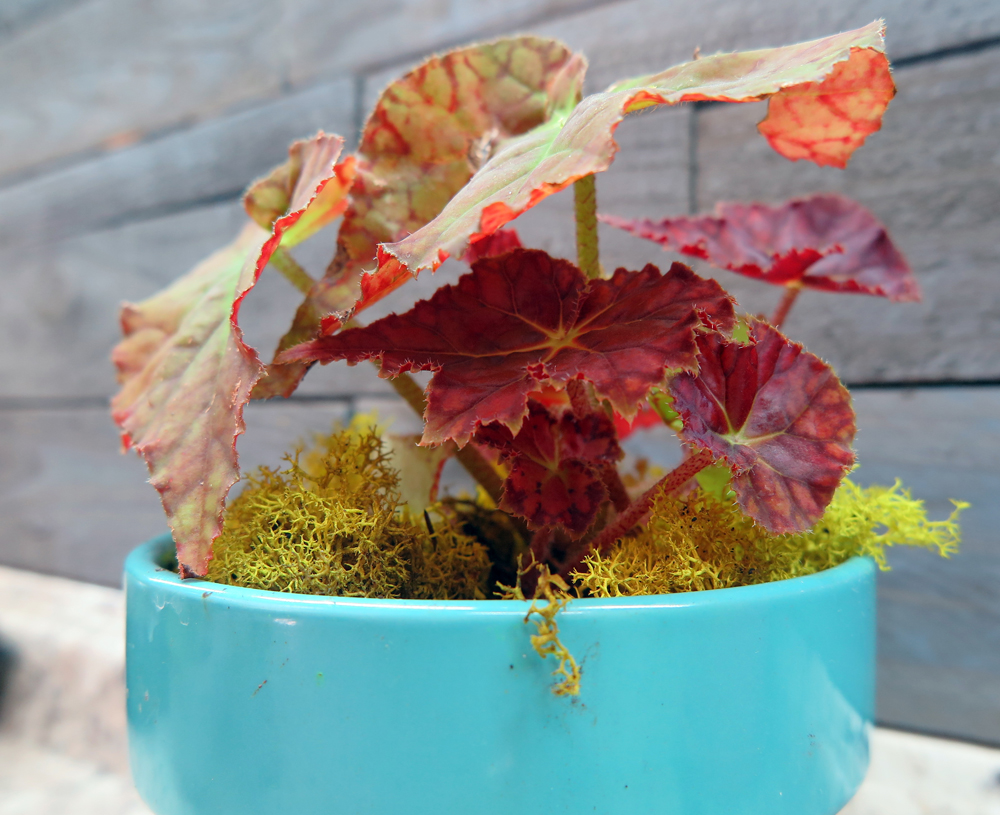Grow Lights: Choose the Right Quantity and Spectrum of Light
December 18, 2018
Having the right spectrum of light is not enough to grow healthy plants. You also need the right quantity to fuel photosynthesis.
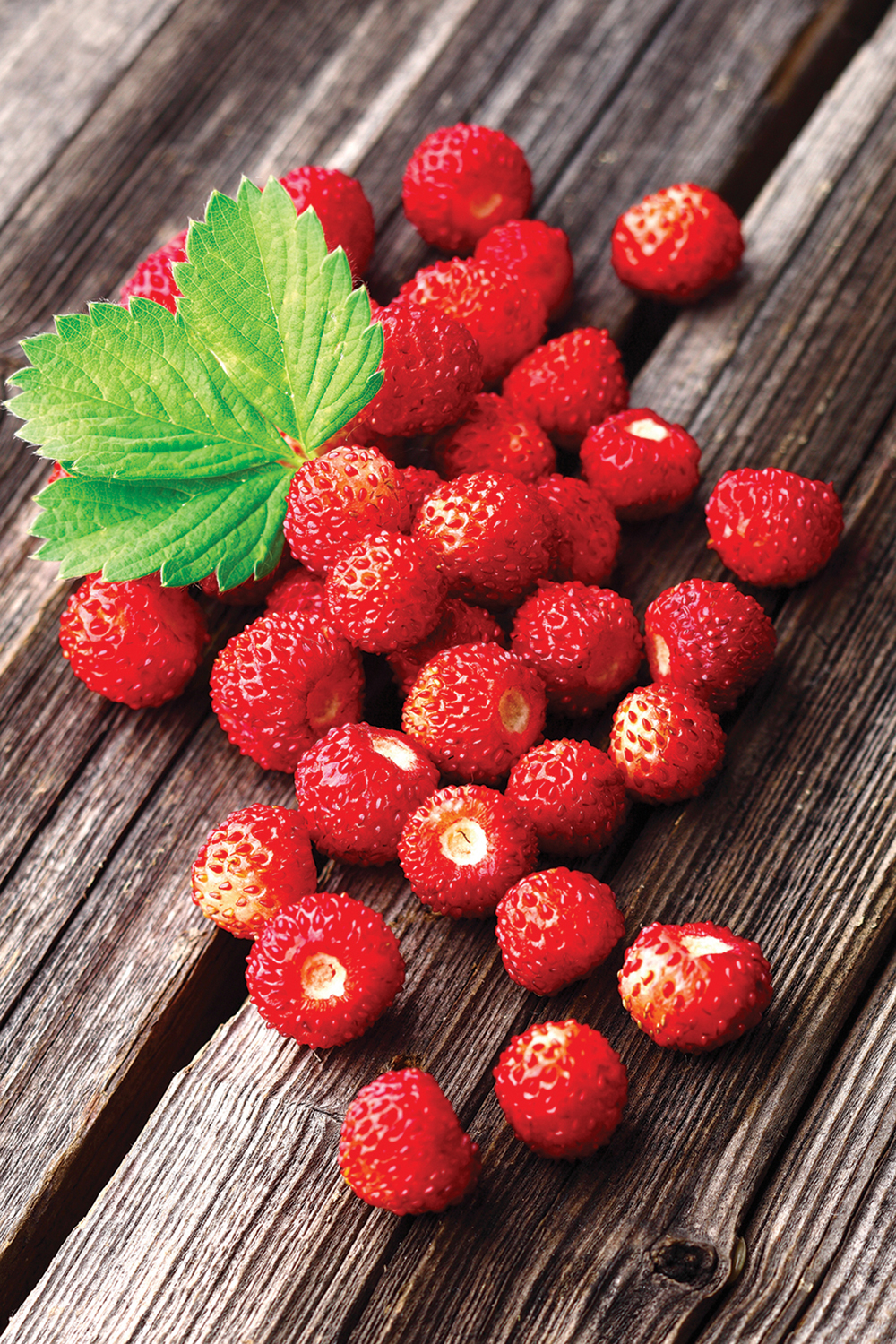
Fruiting plants, such as these Alpine strawberries, can be started from seed and grown under lights indoors.
PC: Ball Horticultural Company
While accurately measuring light for plant growth might seem complicated—and the fi ne details are beyond the scope of this book—an introductory understanding of how to measure and manipulate light will help take your indoor-growing skills to an entirely new level.

